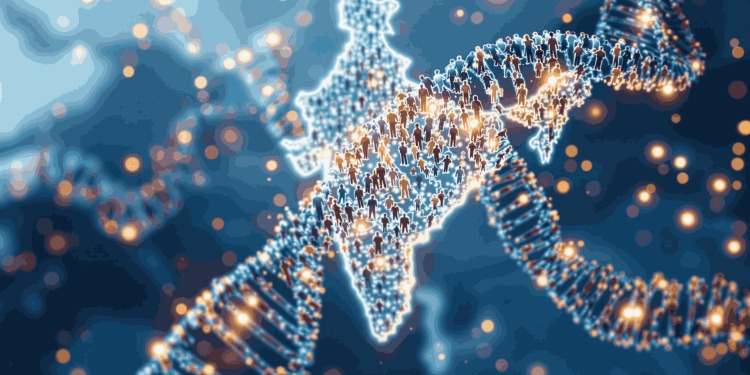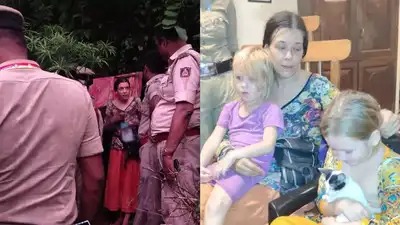
Follow WOWNEWS 24x7 on:
Updated: July 13, 2025 07:20

A landmark revisit to the genetic origins of the Indian subcontinent has reignited interest in how diverse populations came to inhabit this land. Drawing from ancient DNA studies and genome-wide analyses, researchers are piecing together a complex story of migration, admixture, and cultural evolution that spans tens of thousands of years.
Key Highlights from the Latest Findings
Genetic Duality of Indian Ancestry
Most Indians descend from two ancient populations: Ancestral North Indians (ANI), linked to West and Central Asia and Europe, and Ancestral South Indians (ASI), with East Eurasian roots
ANI ancestry is more prevalent in northern states, while ASI traits dominate tribal groups in southern India
The AASI Connection
The true ASI lineage traces back to Ancient Ancestral South Indians (AASI), including Adivasi groups in the Andaman-Nicobar Islands
These populations migrated from East Asian-Pacific regions over 60,000 years ago and remained genetically isolated
Caste and Genetic Stratification
Genetic markers reveal a correlation between caste hierarchy and ancestral components
Upper caste groups show higher ANI ancestry, while tribal and lower caste populations retain stronger ASI and AASI traits
Social Change and Intermixing
Inter-caste marriages, though historically rare, are rising in urban India
The 2027 Census is expected to reflect significant shifts in social integration and genetic blending
This evolving narrative underscores India’s rich demographic tapestry—woven from ancient migrations, cultural exchanges, and modern transformations.
Sources: The Hindu, Indian Academy of Sciences, Philosophy Institute, INFLIBNET Centre, Wikipedia


